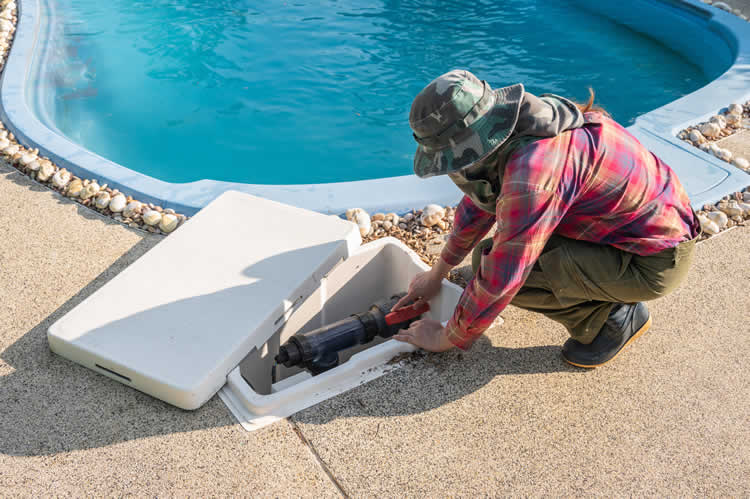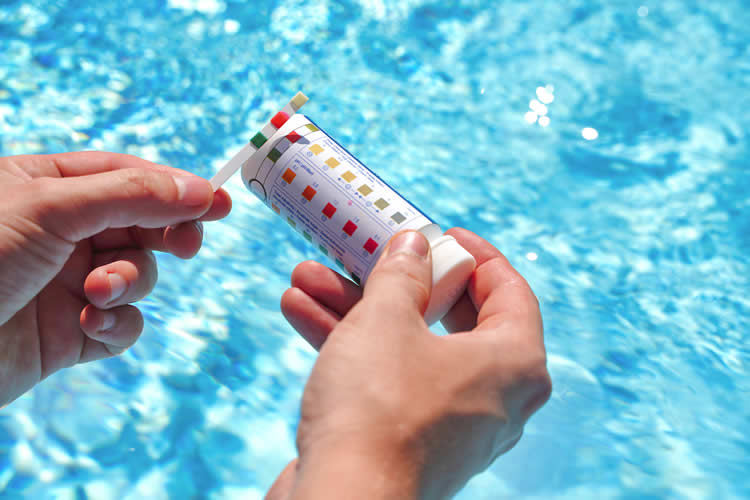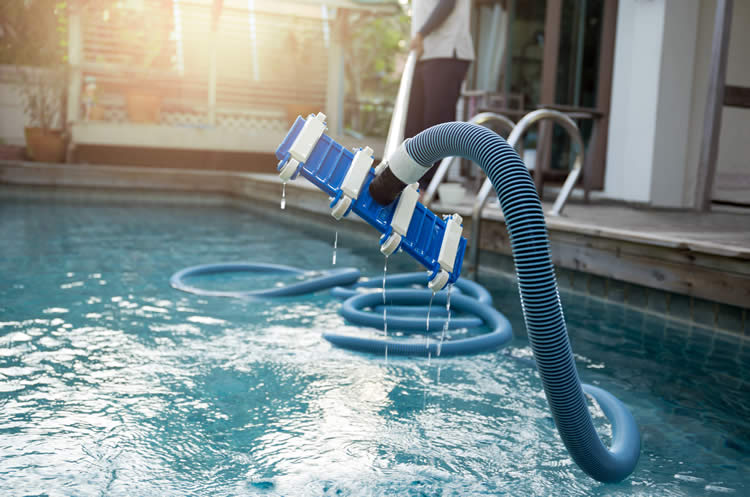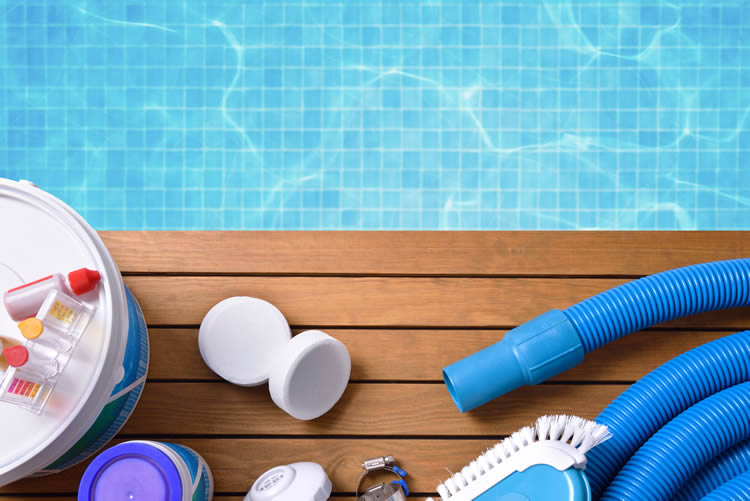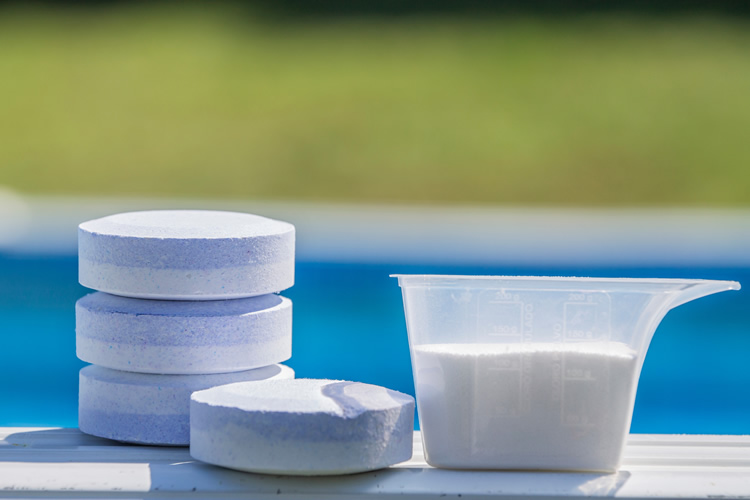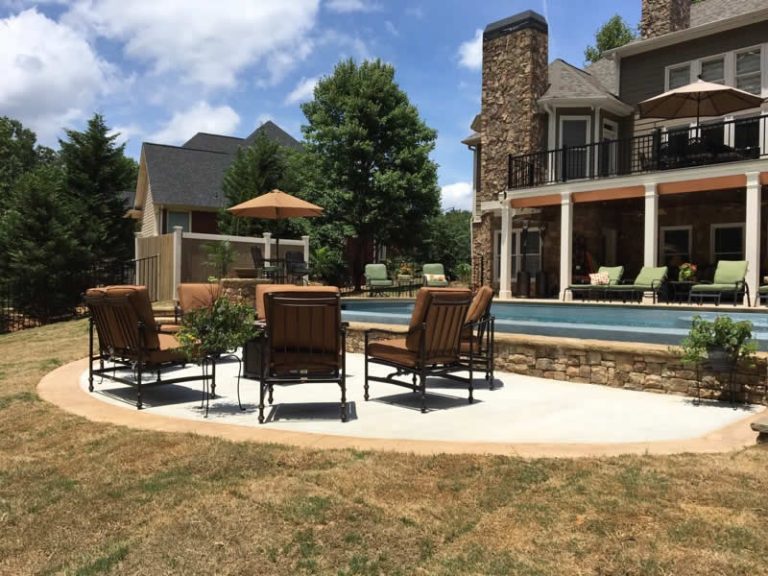Common Pool Maintenance Mistakes (and How to Fix Them)
Even experienced pool owners slip up now and then. Between busy weeks, Georgia weather, and the occasional “I’ll get to it later,” it’s easy to miss the small things that keep a pool healthy.
The good news? Most pool problems start with a handful of simple mistakes — and every single one of them is fixable.
Let’s walk through the most common ones, why they happen, and how to keep them from biting you again.
Mistake #1: Neglecting Water Testing
If there’s one thing every pool pro wishes more homeowners would do, it’s test their water regularly.
Skipping testing for “just a few weeks” might not seem like a big deal — until your pH creeps off, chlorine drops, and suddenly you’re staring at cloudy water or green walls.
Fix It:
Test at least twice a week during summer and once a week in cooler months. Get a good digital tester or drop kit — test strips are fine for quick checks, but accuracy matters when adjusting chemicals.
Pro Tip: Test at the same time of day for consistent readings. Early evening works best after the sun’s off the water.
Mistake #2: Adding Chemicals in the Wrong Order
Here’s something few homeowners realize: the order you add chemicals matters.
Pouring chlorine and acid too close together can cancel their effects or even create a dangerous reaction. Likewise, correcting pH before stabilizing alkalinity just means doing it twice.
Fix It:
Always adjust alkalinity first, then pH, then chlorine.
Think of alkalinity as the foundation — if it’s wrong, the rest won’t balance. And when adding chemicals, space them out by at least 10–15 minutes with the pump running.
Mistake #3: Ignoring the Filter
Your filter is the unsung hero of your pool. It’s what keeps the water clear after your chemicals do their job.
But too many people forget about it until the pressure gauge reads like a tire about to blow. A dirty filter chokes flow, stresses the pump, and makes water turn dull no matter how good your chemistry is.
Fix It:
Clean your filter every 4–6 weeks depending on type:
- Sand: Backwash for a few minutes until water runs clear.
- Cartridge: Rinse with a hose, replace if worn.
- DE: Backwash and recharge with fresh powder.
If your filter pressure rises more than 8–10 psi from clean baseline, it’s time for maintenance.
Mistake #4: Overusing Chlorine
Here’s the irony: too much chlorine can cause the same problems as too little.
When levels stay too high, chlorine binds to itself and forms chloramines — those irritating compounds that sting your eyes and make the pool smell “over-chlorinated.”
Fix It:
Keep chlorine between 1–3 ppm.
Shock weekly to break down chloramines and let the water “reset.” If you smell strong chlorine, it’s usually a sign you need more shock, not less — you’re burning off buildup, not adding to it.
Mistake #5: Forgetting to Brush the Pool
You can vacuum and skim all you want, but if you’re not brushing, you’re losing the battle against algae.
Algae loves rough surfaces and shaded corners where circulation is weaker. Once it gets a grip, it starts spreading fast — especially in Georgia’s humid climate.
Fix It:
Brush walls, steps, and tile once a week — even if the pool looks spotless. It prevents biofilm buildup and helps your sanitizer reach every surface.
A good pool brush is one of the cheapest tools you can buy — and one of the most effective.
Mistake #6: Running the Pump Too Little
Some people try to save electricity by cutting pump time — understandable, but risky.
Without enough circulation, chemicals can’t mix evenly, debris settles, and algae finds the perfect calm corner to bloom.
Fix It:
Run the pump at least 8–10 hours a day in summer, and 4–6 hours in winter. If you’re using a variable-speed pump, you can run it longer at lower speeds to save energy while keeping the water moving.
Remember: stagnant water is a pool’s worst enemy.
Mistake #7: Forgetting Phosphates and Metals
Phosphates are algae food. They come from rainwater, fertilizers, and even some fill water — and once they’re in the system, they fuel growth like fertilizer in a flower bed.
Metals, on the other hand, cause stains and green-tinted water that’s often mistaken for algae.
Fix It:
Add a phosphate remover once a month and use a metal control product if you’re on well water or see staining. Neither is expensive, and both prevent major headaches.
Mistake #8: Not Checking Water Level
A low waterline can cause air to enter the system, leading to noisy pumps, weak flow, or worse — a pump that runs dry and burns out.
Fix It:
Keep the water level halfway up the skimmer opening. After heavy rain, you can drain the excess using the waste setting on your filter.
A quick glance each time you’re outside saves a $700 pump replacement later.
Mistake #9: Treating Maintenance as “One and Done”
Pool care isn’t a checklist you complete once a month — it’s a rhythm. A living system that changes with sunlight, temperature, rain, and use.
The most successful pool owners don’t fight that rhythm — they adapt to it.
Fix It:
Stick to a simple schedule:
- Weekly: Test, skim, brush, and shock.
- Monthly: Clean filter, inspect equipment, test stabilizer and calcium.
- Seasonally: Deep clean and check plumbing or seals.
Do that, and you’ll avoid 90% of the issues that keep pool techs busy.
The Takeaway
Most pool problems aren’t mysteries — they’re small oversights that pile up over time.
But every mistake here is easy to fix, and once you’ve corrected them, your pool practically takes care of itself.
Stay consistent, stay curious, and treat your water like part of the family — because, honestly, that’s what it becomes once you’ve had it a while.
A clean, balanced, happy pool isn’t about perfection. It’s about paying just enough attention to keep things simple.

